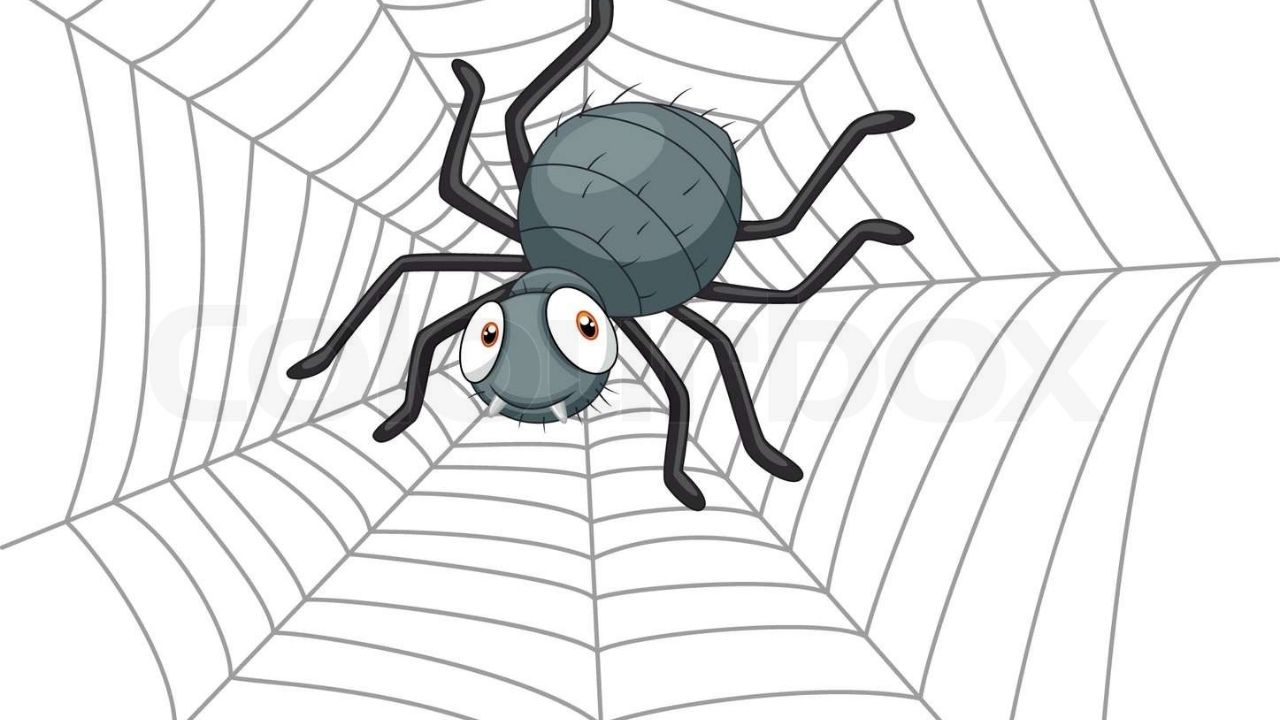A crawler, also known as a web crawler, spider, or bot, is an automated program used by search engines like Google, Bing, and Yahoo to scan and collect information from web pages. Crawlers systematically browse the internet, discovering new and updated content to add to the search engine’s index.
The main purpose of a crawler is to help search engines understand what a webpage is about and determine its relevance for specific search queries. Crawlers start with a list of known URLs and follow links on those pages to discover additional content.
Essential Places That a Crawler Crawls
When a crawler visits a website, it scans multiple parts of the page and collects valuable information. The essential places that a web crawler typically visits include:
1. Website Homepage
- The homepage is usually the starting point for crawlers, as it contains links to important sections of a website.
- A well-structured homepage helps crawlers navigate and understand the website’s structure.
2. Internal Links
- Crawlers follow internal links to discover other pages within the website.
- A well-connected internal linking structure ensures all important pages are indexed.
3. XML Sitemap
- The XML sitemap is a file that lists all the URLs of a website, helping search engines find and index pages efficiently.
- It provides details like the last updated date, priority of pages, and change frequency.
4. Robots.txt File
- This file instructs crawlers on which pages they can or cannot crawl.
- Website owners use it to block unimportant pages (e.g., admin panels, login pages) from being indexed.
5. Page Content (Text, Headings, and Keywords)
- Crawlers scan the main content of a page, including text, headings (H1, H2, H3), and keywords to understand its topic.
- Well-structured content with relevant keywords improves SEO and search visibility.
6. Meta Tags (Title & Description)
- Crawlers analyze the meta title and meta description, which help search engines display relevant results in search engine results pages (SERPs).
- Well-optimized meta tags improve click-through rates (CTR).
7. Images and Alt Text
- Crawlers cannot “see” images, so they rely on alt text (alternative text) to understand what an image represents.
- Optimizing alt text helps improve image search rankings.
8. URLs and URL Structure
- Crawlers prefer clean, SEO-friendly URLs that are descriptive and include relevant keywords.
- Example of a good URL:
https://example.com/seo-tips - Example of a bad URL:
https://example.com/page?id=1234
9. Backlinks (External Links from Other Websites)
- Crawlers follow backlinks (links from other websites) to discover new content.
- High-quality backlinks improve a page’s authority and ranking potential.
10. Mobile-Friendliness and Responsive Design
- Crawlers check if a website is mobile-friendly, as Google prioritizes mobile-optimized websites in rankings.
- A responsive design ensures pages load correctly on different devices.
11. Page Speed and Core Web Vitals
- Search engines analyze how fast a webpage loads.
- Websites with fast loading times get better rankings, as they provide a better user experience.
12. Secure Pages (HTTPS vs. HTTP)
- Crawlers check if a website uses HTTPS (secure connection).
- Secure websites with SSL certificates rank higher in search results.
Conclusion
Web crawlers play a crucial role in how search engines discover and rank web pages. They scan homepage links, internal pages, sitemaps, content, meta tags, images, backlinks, and technical aspects to gather information. Websites optimized for crawling ensure better search visibility and higher rankings in search engine results pages (SERPs).
